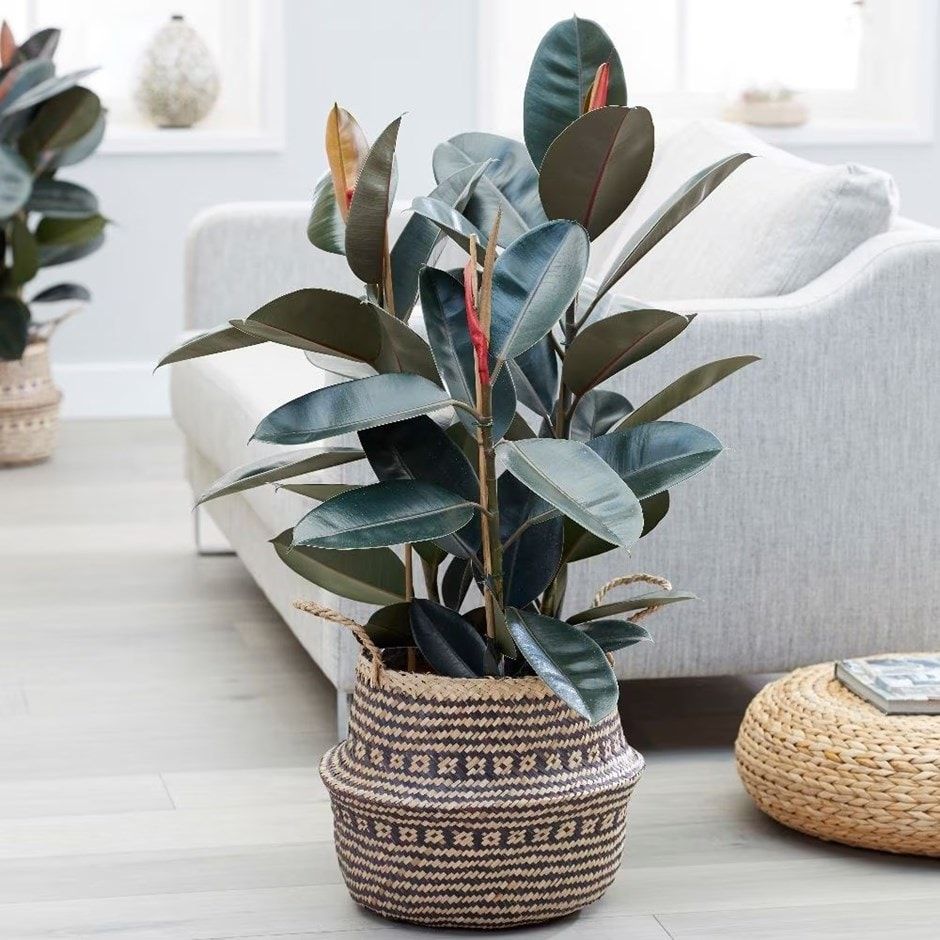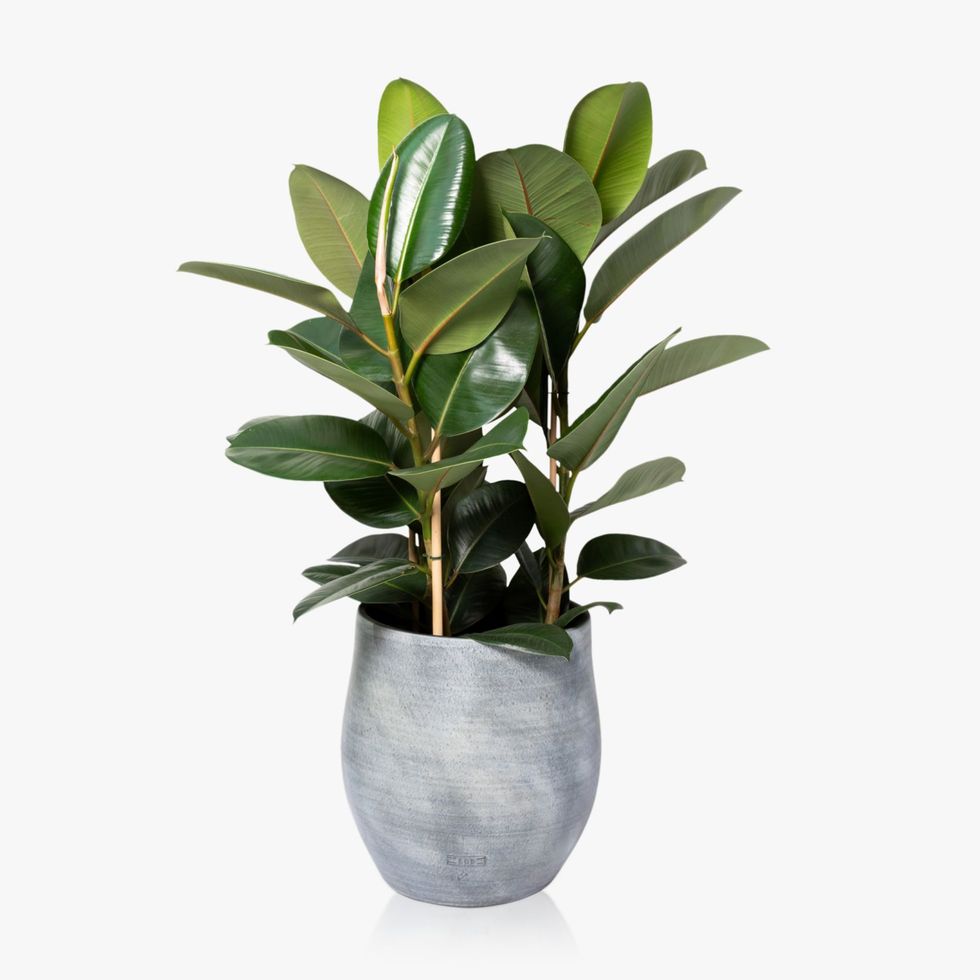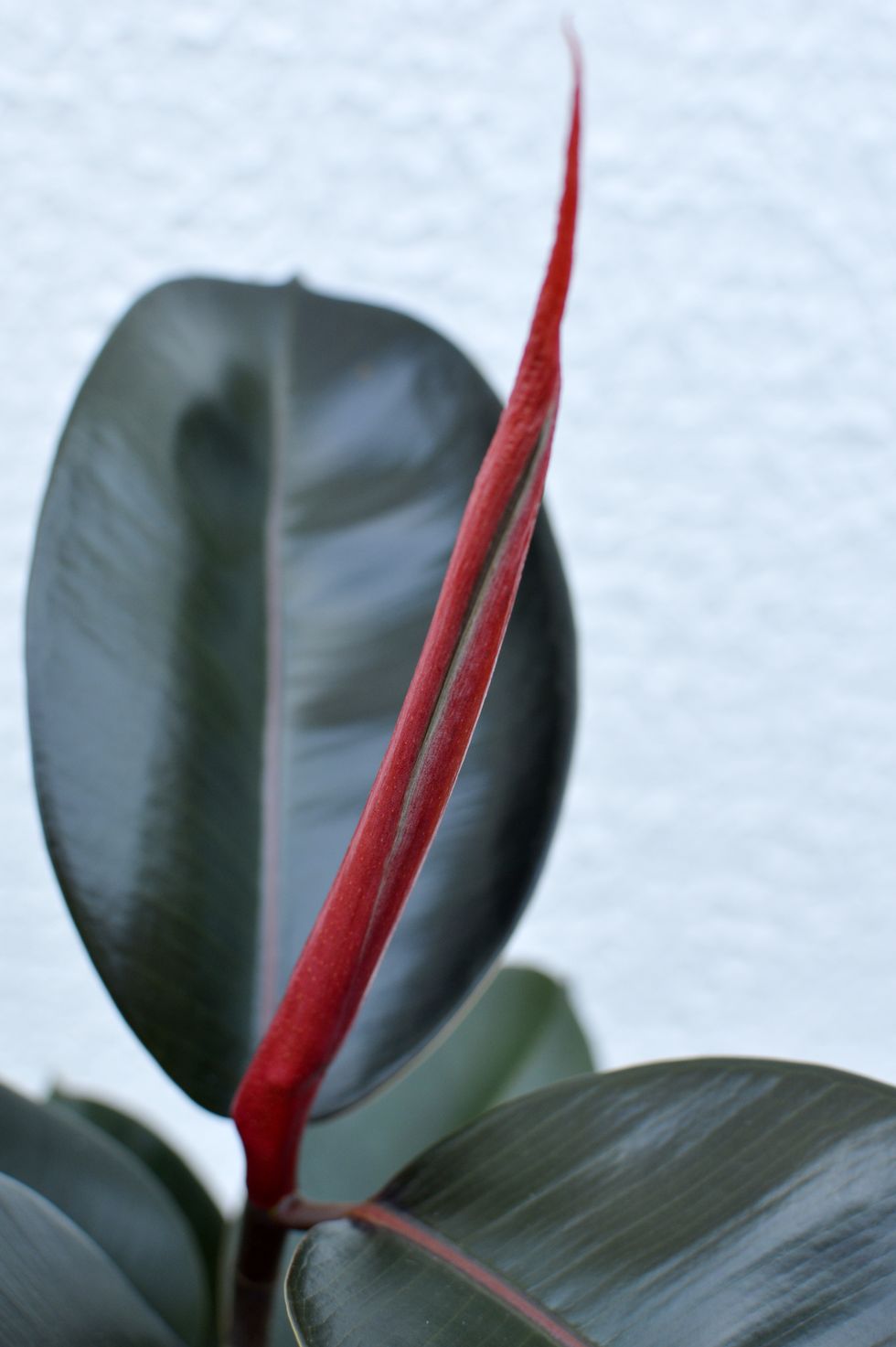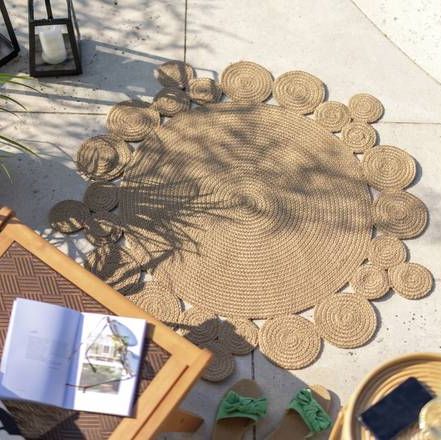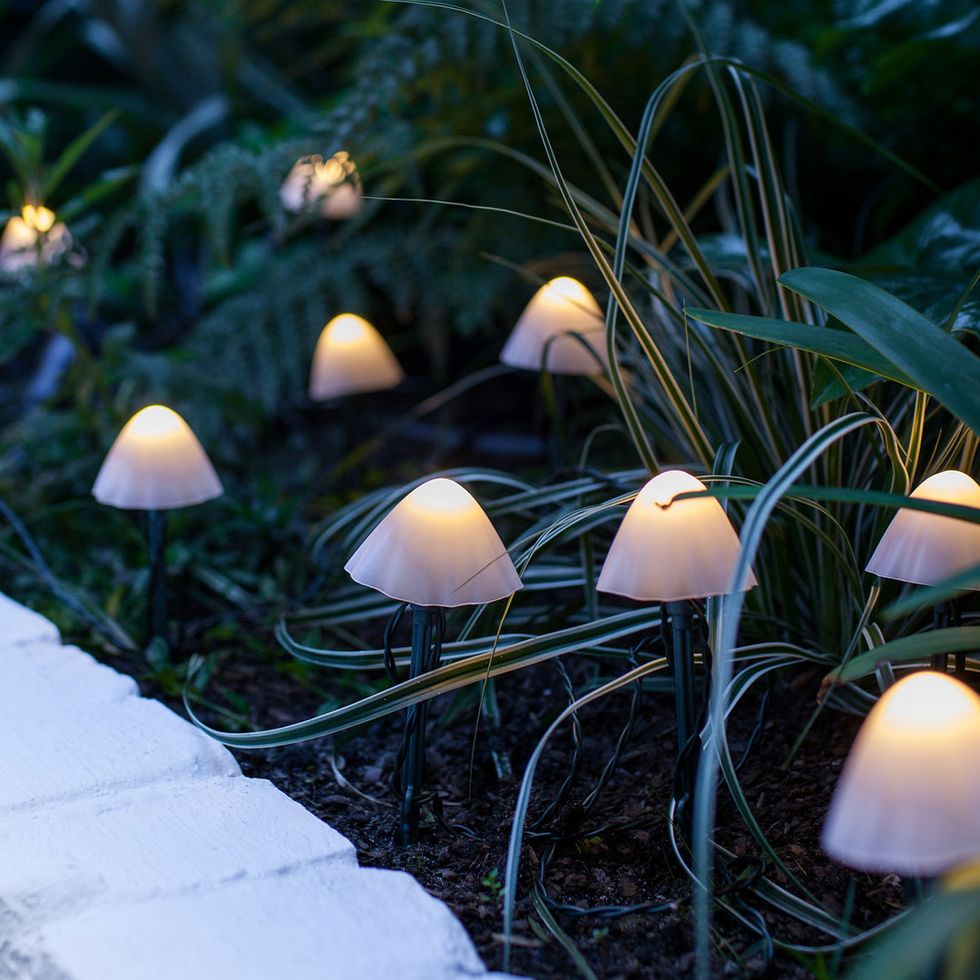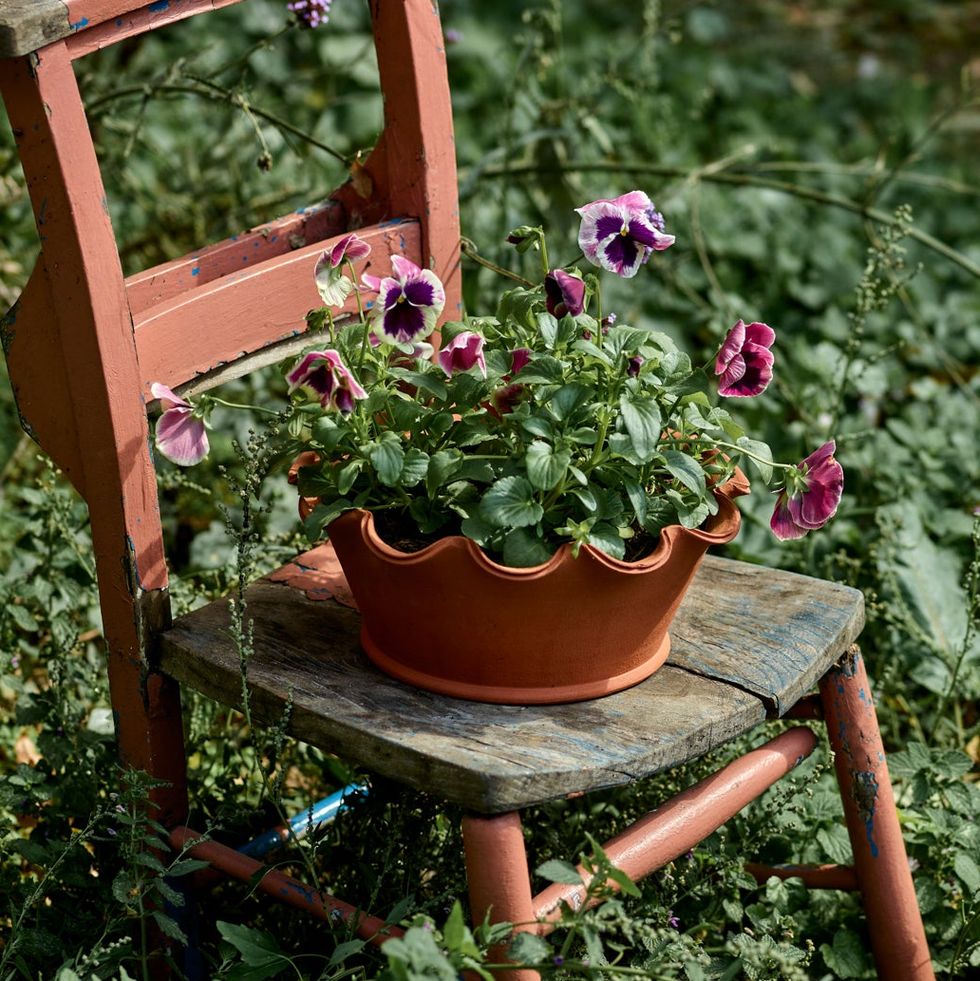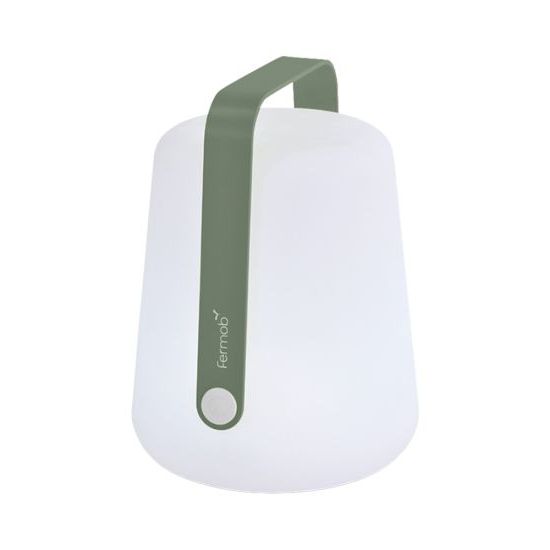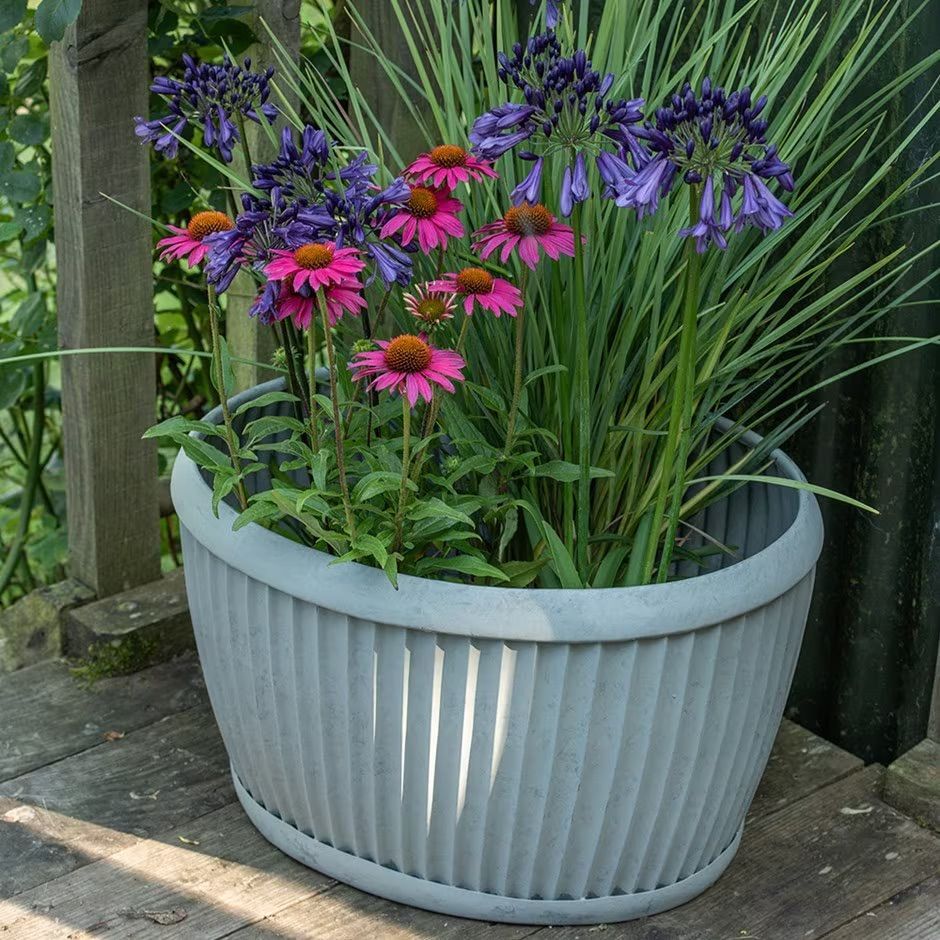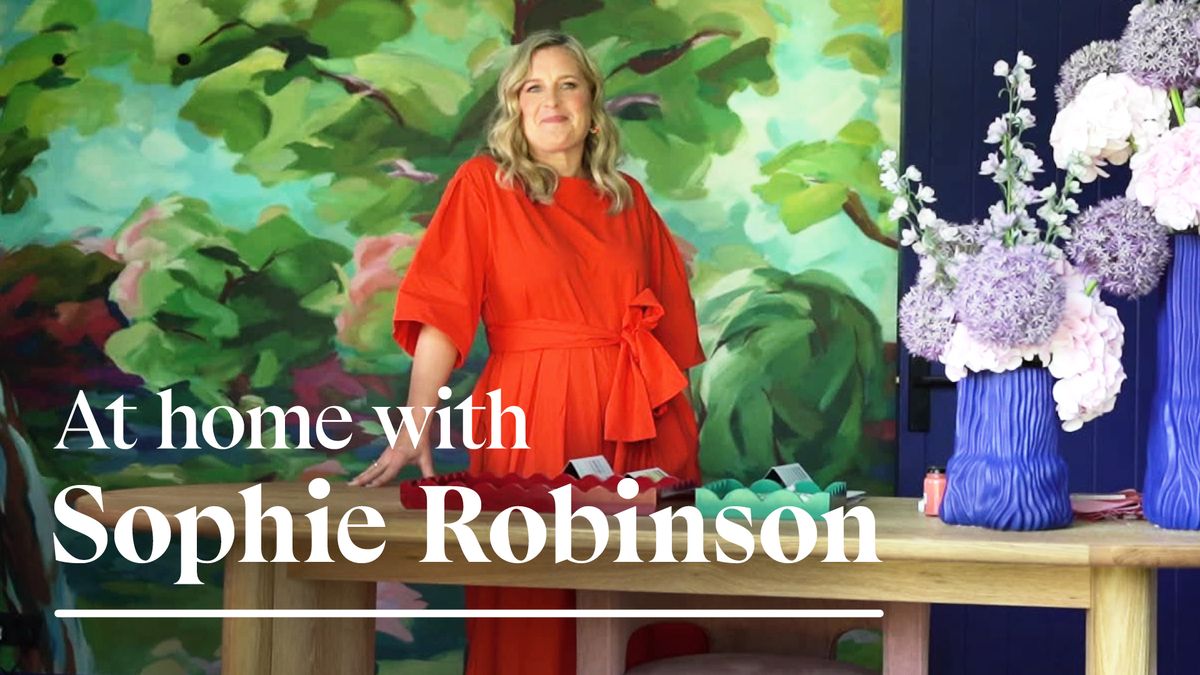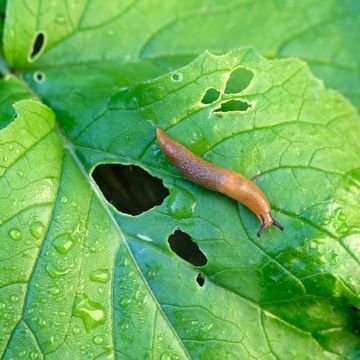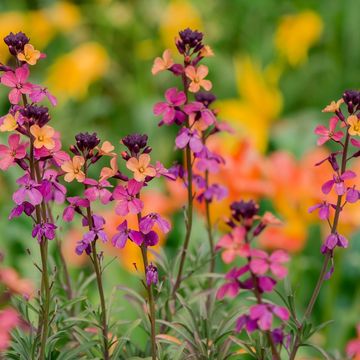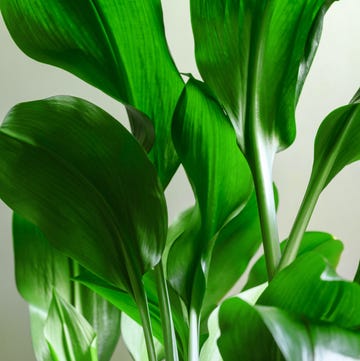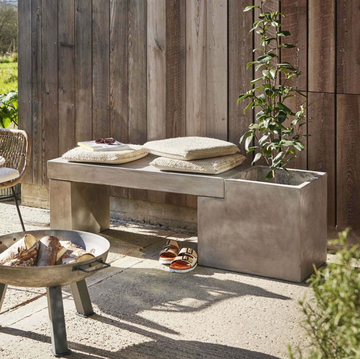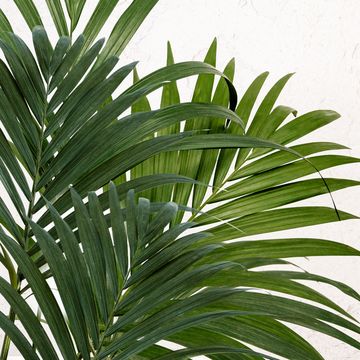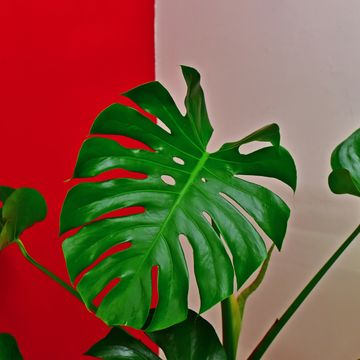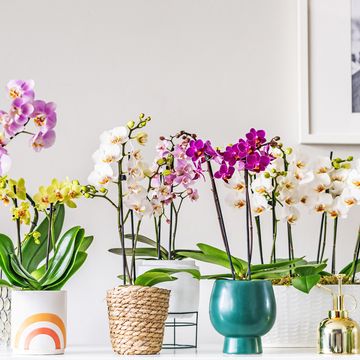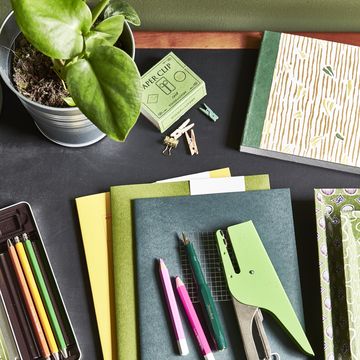If you're looking for a low maintenance plant that's a little more unique than the usual plants that land themselves on 'hard to kill' lists, the Ficus elastica, or rubber plant, is a great option. They've got shiny leaves, can come in several different colours, and can grow up to 60 metres in the wild (don't worry, they won't grow that high indoors). They act more like trees than regular plants, making them an excellent statement plant for your home.
What is a Ficus elastica and where did it come from?
Rubber plants are native to Southern Asia. It was given its nickname because rubber plants have a thick sap that was once used as an ingredient in bouncy balls by Mesoamerica indigenous cultures. They have air purifying qualities and their roots can get very strong which is why in parts of India, the plants are used to make 'living bridges' over rivers.
Many people believe that this indoor plant represents abundance, happiness, and wealth and that the round leaves make it the perfect plant to be placed in a corner of the home.
The rubber plant at a glance:
Botanical name: Ficus elastica.
Other names: Rubber plant, rubber tree, rubber fig, Indian rubber tree, Indian rubber bush.
Popular varieties: Robusta, Tineke, Tricolour, Belize, Ruby, Melany, Abidjan.
Height and growth rate: Can grow to 1.2-3 metres and is fast growing if cared for correctly.
Light: Medium level of light.
Watering: Only water when the top two inches of soil are dry.
Temperature: Average household temperatures.
Toxicity to pets: Toxic if ingested.
Plant parent level: Beginner, thrives when given the correct care.
Rubber plant care
Light
It's best to keep your rubber plant in a bright room. Avoid keeping it close to windows that get direct sunlight because the hot sun can burn the leaves of the plant. A good way to tell if your plant is getting enough sunlight is to see how close together new leaves are growing. If the plant becomes leggy and appears to be reaching towards the light, you should move it closer to the window.
Watering
It's always very important to check the soil of your plant before watering it. You can either use a water meter or you can dip your finger into the soil about three inches. If your finger comes out with soil stuck to it, you don't need to water the plant. If it comes out clean, it's time for a drink. If your plant's leaves are turning yellow or falling off, this could be a sign of overwatering.
To avoid overwatering, make sure you're watering your plant evenly and that you allow it to drain completely so the roots are not standing in a puddle of water. This can cause root rot and can eventually kill your plant.
And during spring and summer it's best to treat your plant to some liquid fertiliser about once a month. Make sure to dilute your fertiliser with water so you don't shock your plant. This will help give it the nutrients it needs to keep growing tall and beautiful.
Temperature
The thicker leaves of a rubber plant a can hold a lot of moisture in them. This means that they should be okay in normal room humidity (temperatures of between 16-24°C). If your plant is near a radiator, you'll want to mist it regularly or use a humidifier to ensure it's getting what it needs.
Maintenance
With all plants that have larger leaves, it's best to wipe them down with a dust cloth to keep them looking shiny and healthy. If your plant is a fast grower, you need to check its roots once springtime comes along. If the roots are popping out of the drainage holes of your pot, it's time to repot. When repotting, always make sure you're using the right type of soil and only slightly sizing up. Use a well-draining soil for your rubber plant so its soil can dry out between waterings.
Common problems with a rubber plant (and how to fix them)
Yellowing or wilting leaves: When it comes to your rubber tree, the most common problems that occur are usually to do with watering. Leaves will turn yellow both when under or over watering. This can make it difficult to figure out what's happening with your plant.
A good rule of thumb is to take a look at the soil. Stick your fingers in it to see if the soil is dry. If it still feels really wet, you should have a look at the roots of your plant to see if there is any root rot. Roots will be mushy, the soil may smell a bit rotten, and the roots themselves will often appear to be a reddish brown colour.
Remember that it's always easier to fix your plant if you're under watering it than if you are over watering it.
Dropping leaves: Rubber plants will drop leaves when they aren't getting enough sunlight. They'll also drop them if the humidity isn't high enough. Move plants closer to the light and mist every few days to keep them happy.
Unwanted pests: As with any houseplant, you may encounter some pests making a home in your Ficus elastica. It's always best to check the leaves of your new plant before taking it home from the nursery. Most can be repelled easily with things like neem oil or a pest killer. If you do see pests, try to quarantine your plant so they don't spread to any others you may have in your home.
Follow House Beautiful on TikTok and Instagram.

